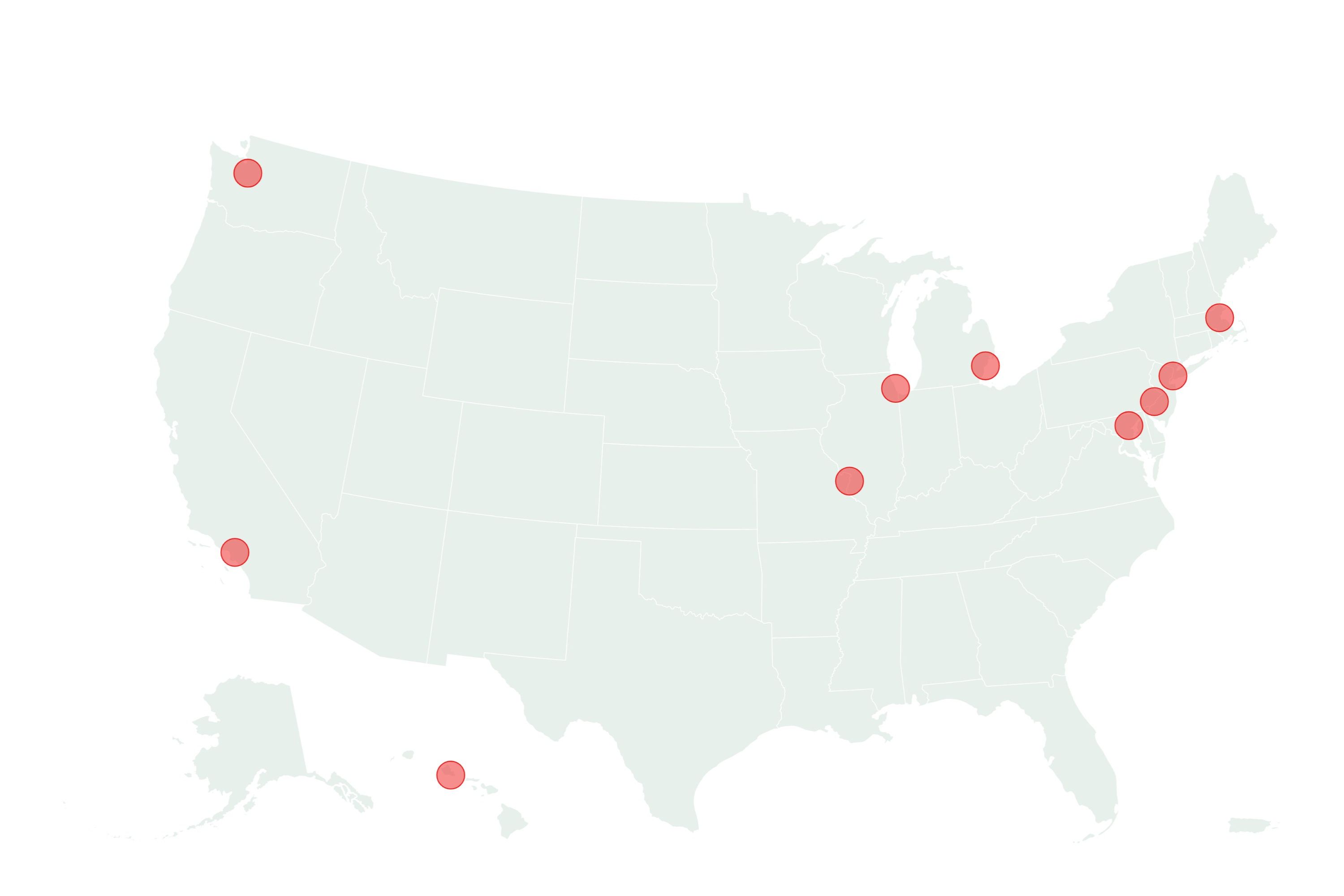With election day just around the corner and early voting in full swing, inflation and the economy remain top of mind for voters.
A recent study highlights that inflation rates vary significantly across different regions of the country.
WalletHub analyzed 23 metropolitan areas using data from the Bureau of Labor Statistics, focusing on changes in the Consumer Price Index (CPI) to understand the inflation landscape.
The study compared CPI changes over the last couple of months and against figures from one year prior, ultimately assigning scores to rank each area.
Here are the metro areas with the highest inflation rates:
- Urban Honolulu, HI
- Chicago-Naperville-Elgin, IL-IN-WI
- New York-Newark-Jersey City, NY-NJ-PA
- Detroit-Warren-Dearborn, MI
- Boston-Cambridge-Newton, MA-NH
- Philadelphia-Camden-Wilmington, PA-NJ-DE-MD
- Baltimore-Columbia-Towson, MD
- Los Angeles-Long Beach-Anaheim, CA
- St. Louis, MO-IL
- Seattle-Tacoma-Bellevue, WA
Urban Honolulu topped the list with a score of 96.51, seeing a 0.7% increase in CPI over the last two months and a notable 4.2% rise year-over-year.
Similarly, Chicago-Naperville-Elgin reported a 0.7% CPI rise in the same two-month period, with a 4.1% increase when looking back a year.
The New-York-Newark-Jersey City area mirrored this two-month rise but had a slightly lower annual CPI change at 3.8%.
Lupo notes, “The top three MSAs—Urban Honolulu, Chicago-Naperville-Elgin, and New York-Newark-Jersey City—are facing a consistent 0.7% inflation increase over two months, alongside three to four percent growth since last year.” He attributes this rise to several factors: increased housing demand, costs of goods and services, supply chain disruptions, and rising wages.
Conversely, the bottom three MSAs—Riverside-San Bernardino-Ontario, Anchorage, and Tampa-St. Petersburg-Clearwater—are seeing minimal to no inflation change, with a mere 1% growth compared to last year. This may be due to stringent monetary policies, wage growth moderation, supply chain improvements, and enhanced economic stability, all aiding in price stabilization.
